Chris Kregoski, integration specialist, AutomationDirect: Multiple sensor readings from a single sensor are updated cyclically into the process data communicated from an IO-Link device to an IO-Link master and then on to a host like a programmable logic controller (PLC). This process data can vary in length.
What cable topology options are available with IO-Link? Can I use daisy-chain connections, or is a dedicated point-to-point connection required for each device?
Chris Kregoski, integration specialist, AutomationDirect: IO-Link devices can't be daisy-chained, so a dedicated cable will be required between each IO-Link device and the associated master. An IO-Link master can attach to a number of IO-Link devices, and masters can be daisy-chained with EtherNet/IP communications and power cables, which reduces field cabling and installation costs on a machine.
How does IO-Link integrate with different fieldbus protocols commonly used in automation systems?
Chris Kregoski, integration specialist, AutomationDirect: One IO-Link master we offer, for example, communicates using EtherNet/IP. Other IO-Link masters are available with a variety of fieldbus options, such as Modbus TCP, Profinet and AS-i. The user or designer simply needs to choose an IO-Link master that is compatible with the host device or controller.
What are the cost implications of implementing IO-Link compared to traditional wiring methods? Is the upfront cost of IO-Link devices offset by long-term benefits like reduced wiring complexity and improved diagnostics?
Chris Kregoski, integration specialist, AutomationDirect: Wiring IO-Link sensors typically requires less cabling than traditional sensors, as these connections are aggregated at the IO-Link master that can be installed in close proximity to the sensors themselves. Therefore, the longer run consists of a single power/communications cable set. Daisy-chaining multiple IO-Link masters, as needed, can further improve the cost advantage of IO-Link. Additionally, because many IO-Link devices offer multiple types of sensor data at once, multiple traditional sensors can be replaced by a single IO-Link sensor, adding further savings in cabling, plumbing, and vessel penetrations.
Anything else that you'd like to add about IO-Link?
Chris Kregoski, integration specialist, AutomationDirect: IO-Link brings significant advantages to the table, offering advanced functionality without significantly increasing sensor cost. Early fault detection and simple plug-and-play field replacements add to the list of benefits, making IO-Link an easy choice for your next design and installation.
Tell us about your organization’s state-of-the-art IO-Link offerings.
Chris Kregoski, integration specialist, AutomationDirect: AutomationDirect offers a large portfolio of IO-Link modules and field devices, including Stride and Murrelektronik IO-Link master and hub modules, photoelectric and proximity sensors, signal towers, flow and pressure transmitters, and much more. The Endress+Hauser Picomag flow meter is an example of an advanced sensing device that leverages IO-Link to provide much more data than simply fluid flow. This sensor also supplies the temperature and conductivity measurements, as well as sensor status, all over a three-wire M12 connection.



